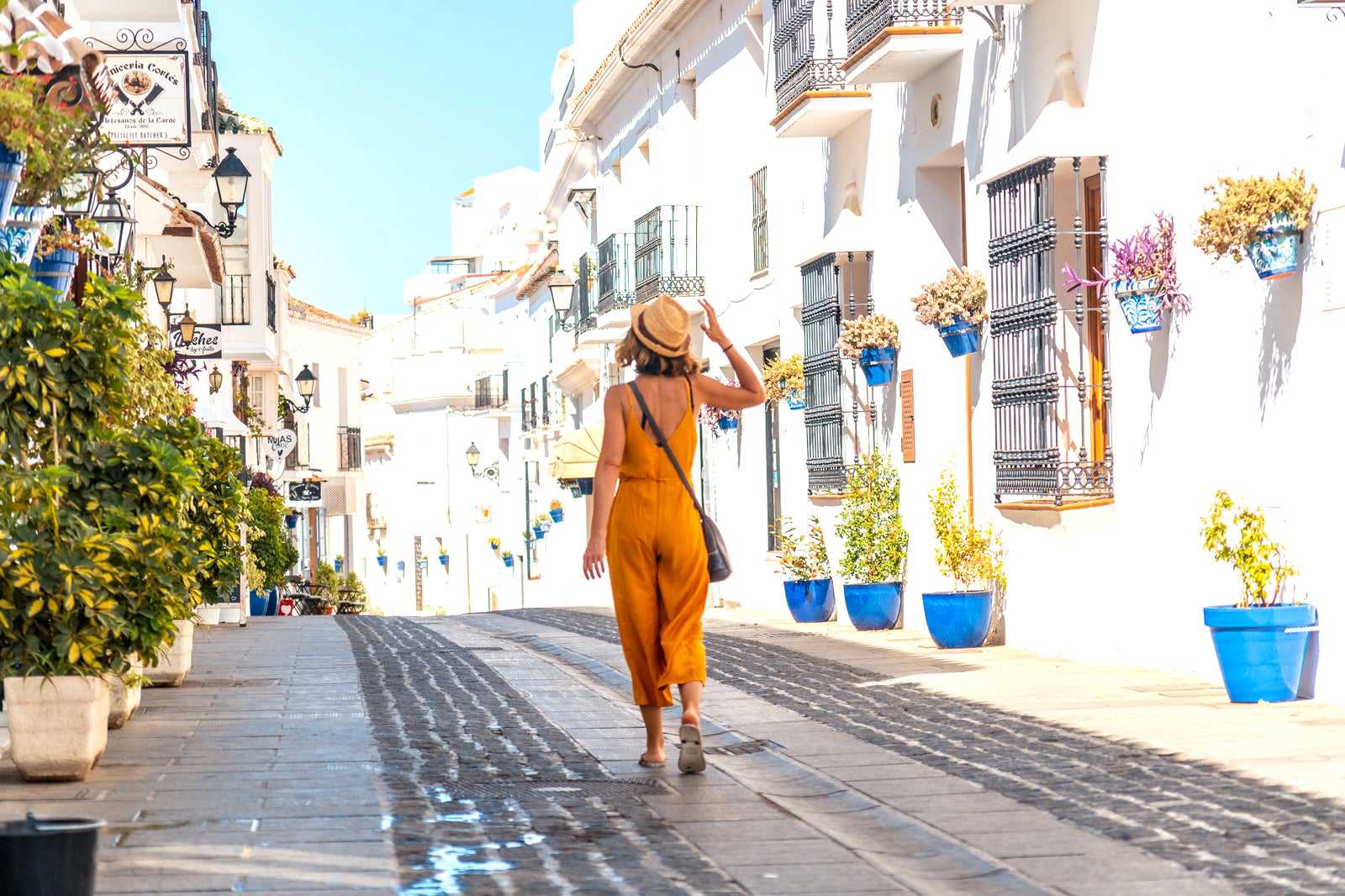Our Malaga Travel Essentials guide features valuable information about everything you need for a fun-filled vacation on Spain's Costa del Sol in Malaga. This guide offers information about the local climate, electricity, outlet style, emergency phone numbers, currency and more. Plus, you'll learn the best ways to get to the city and travel around after you arrive.
No trip to Malaga would be complete without checking out some of the most prominent landmarks, so we've also detailed a few of them. Plus, you can learn about some of the most iconic festivals in town. With this guide, it's easy to plan an unforgettable vacation to Malaga.
When is the best time to travel to Malaga?

The climate in Malaga is notably seasonal, with summer mean temperatures around 26.7°C and winter mean temperatures closer to 12.2°C.
Malaga has a clear dry season, with the summer months getting almost no rain, while November and December are the rainiest months, both getting more than 9 centimeters of rain.
The warmest months in Malaga are August and July, with average highs of 32°C and 31.7°C respectively.
The best time of year to visit Malaga tends to be summer when it's warm and dry, but if you're trying to avoid the crowds, late winter can still be appealing, though spring is a bit more popular.
Malaga basics

Plug type: Malaga, like the rest of Spain, uses both Type C and Type F plugs, so you'll need an adapter for UK appliances.
Electricity: Spain uses 230V supply in outlets at a frequency of 50Hz.
Currency: In Malaga, you'll have to use the Euro.
International dialing code: The international dialing code for Spain is +34.
Emergency telephone number: Dial 112 for all emergency services.
See also
- 10 Things to Do in Malaga When it Rains

10 Things to Do in Malaga When it Rains
Spain - 10 Best Family Things to Do in Malaga

10 Best Family Things to Do in Malaga
Spain - 5 Best Beaches in Malaga

5 Best Beaches in Malaga
Spain
How to get to my hotel in Malaga?

Getting to Malaga is fairly easy, as all you have to do is hop on a plane and go directly to the local airport. You'll still find a few other options, including a rail system and ports, though the latter is only accessible if you're coming in from Morocco. Coming from the UK, however, flying and rail are your best bet to get into Malaga and get to your hotel since the airport and train station offer easy transportation around town.
Airport: The central airport in Malaga is Malaga Costa del Sol Airport or AGP, and it's an international airport with connections throughout 30 different countries, including the UK. Once landing, the bus service can get you to the city centre in about 15-30 minutes.
Major train station: The major train station in town is Malaga Maria Zambrano, and it has connections to several other locations in Spain, which then have connections to a variety of destinations across Europe.
Ports: The Port of Malaga has a ferry service that regularly runs to the Port of Tangier Med in Morocco to the south in a journey that takes about 7 hours.
How to get around Malaga?

Travel tips: Getting around Malaga is easy with a wide variety of options at your disposal whether you want to take a taxi cab, take the bus, take the train or simply walk. All you need to do is consider the distance you need to cover and your budget.
Underground: You'll find a 2-line underground system in Malaga that runs from near the center of town to the southwest. A local rail called Cercanias can take you across town, including to the main Maria Zambrano station.
Taxi cab and rideshare apps: Several taxi cabs are available throughout the city, and you're free to call one to your location or flag one down on the road for a ride. If the light on the roof is green, they're available for hire. Just keep in mind that they're relatively expensive. Rideshares like Uber and Lyft are available too.
Bus: The bus network in Malaga is quite comprehensive, with routes that take you all across town. You may also want to consider the hop-on hop-off tourist bus, which is an official double-decker traveler bus that takes you to see some of the city's highlights.
Car rental: Car rental is readily available in Malaga, and it's relatively cheap compared to other European countries’ rates. You only need a valid driver's license and an international driving permit. There's plenty of parking too, albeit in underground carparks. Street parking isn't very common, especially during workdays.
Cycle hire: Getting a cycle hire is an efficient way to get around town whether you're looking to stay around the city centre or venture through the Malaga Mountains. Different bike options are readily available with plenty of bike lanes, too.
What are the main festivals in Malaga?

Procesion de Los Reyes
When: January
What: The Procession de Los Reyes is a fun parade that children will especially enjoy, as it involves people in the parade passing out gifts to children standing by and watching. The festival includes several illusionists, singers and other performers after the parade.
Where: Downtown
Malaga Carnival
When: February and March
What: The Malaga Carnival is a fun event that lets people indulge themselves before Lent arrives with costumed dancers and performers. Street bands called murga are also common here, performing all over town. It's more unusual not to wear a costume than to wear one, so don't hesitate to indulge yourself.
Where: All throughout town
Noche de San Juan
When: June
What: The Noche de San Juan or Night of San Juan is a Summer Solstice celebration which involves burning Juas, which are caricatured figurines, along with other substances in massive bonfires. Many of the Juas depict public figures people have unfavourable opinions of.
Where: The city's beaches
What are the main landmarks in Malaga?

Alcazaba de Malaga
The Alcazaba de Malaga is a historic 11th-century Moorish castle from the Kingdom of Granada. It was the center of power in the city for centuries. When you visit today, you'll find a stunning example of Islamic architectural design from the Nasrid period, with intricately decorated details among its well-maintained grounds. Plus, you'll find the historic Roman theater that still occasionally holds outdoor performances.
Old Town
Malaga's Old Town is a stunning example of mediaeval city design with narrow winding pedestrian lanes and quaint, tranquil squares. Among these streets, you can take in the historical ambience alongside cafes, boutiques and restaurants serving delicious tapas. Plus, this neighbourhood houses the Iglesia de San Juan Bautista, which is a Gothic and Mudejar church with Baroque decor inside.
Jardin Botanico-Historico La Concepcion
The Jardin Botanico-Historico La Concepcion is a botanical garden that houses various plant species from all over the world from Mediterranean, tropical and subtropical neighborhoods. Much of the landscaping is done in the Romantic style, and you'll find special sections within the garden uniquely focused on singular aspects, such as the Around the World in 80 Trees exhibit.
Playa de la Malagueta
No trip to Malaga is complete without a trip to the beach, and Playa de la Malagueta is one of the best in town. Near the historic center, this beach is easily accessible and features a pebble shoreline with a convenient promenade. Restaurants, sunbeds, umbrellas and sporting equipment are all available nearby. The beach has a Blue Flag designation so that you can swim with peace of mind.
This article includes opinions of the Go Guides editorial team. Hotels.com compensates authors for their writing appearing on this site; such compensation may include travel and other costs.
Start planning your trip
Where to stay in Málaga

Futurotel Malagueta Premium Beach
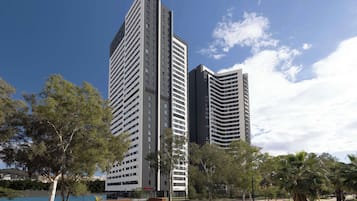
Hampton By Hilton Malaga Martiricos
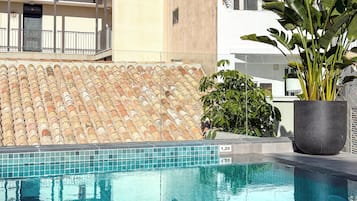
Coeo Hostel Hernan Ruiz
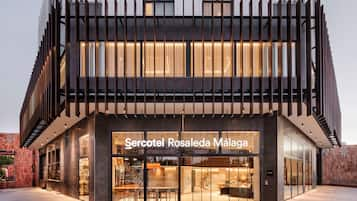
Sercotel Rosaleda Málaga
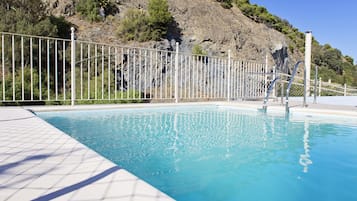
Málaga Hotel Eliseos

Holiday Inn Express Malaga Airport by IHG
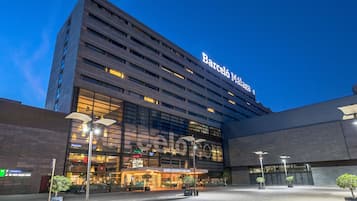
Barceló Malaga Hotel

Gran hotel Miramar GL
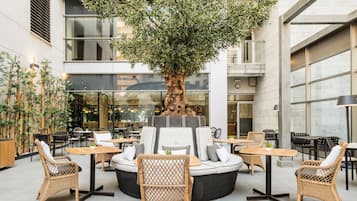
Hotel ILUNION Malaga

Aparthotel Spa del Palacete, Historic Center
Related stories
- 10 Things to Do in Malaga When it Rains

10 Things to Do in Malaga When it Rains
Spain - 10 Best Family Things to Do in Malaga

10 Best Family Things to Do in Malaga
Spain - 5 Best Beaches in Malaga

5 Best Beaches in Malaga
Spain - 5 Best Markets in Malaga

5 Best Markets in Malaga
Spain - 10 Best Hiking Trails in Malaga

10 Best Hiking Trails in Malaga
Spain - 10 Great Restaurants in Malaga
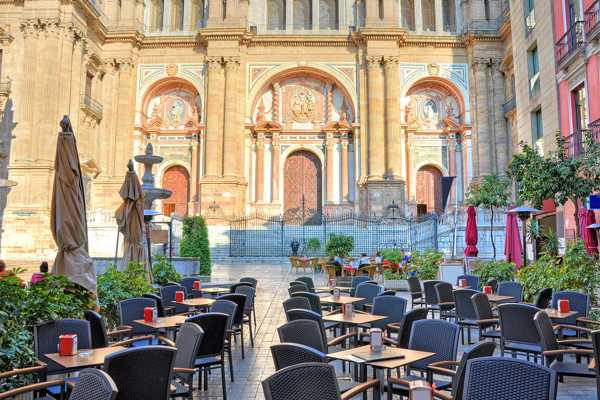
10 Great Restaurants in Malaga
Spain - 10 Best Places to Go Shopping in Malaga
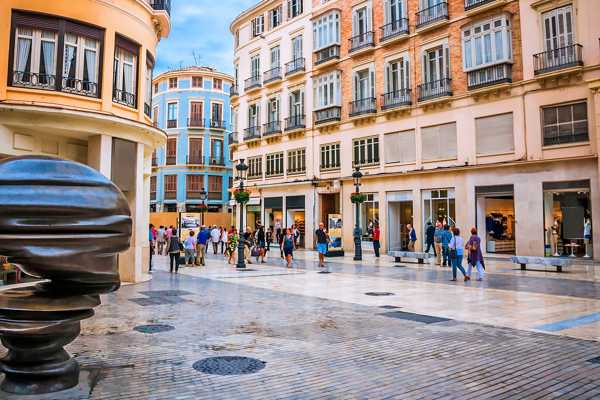
10 Best Places to Go Shopping in Malaga
Spain - 10 Best Things to Do in Malaga

10 Best Things to Do in Malaga
Spain
